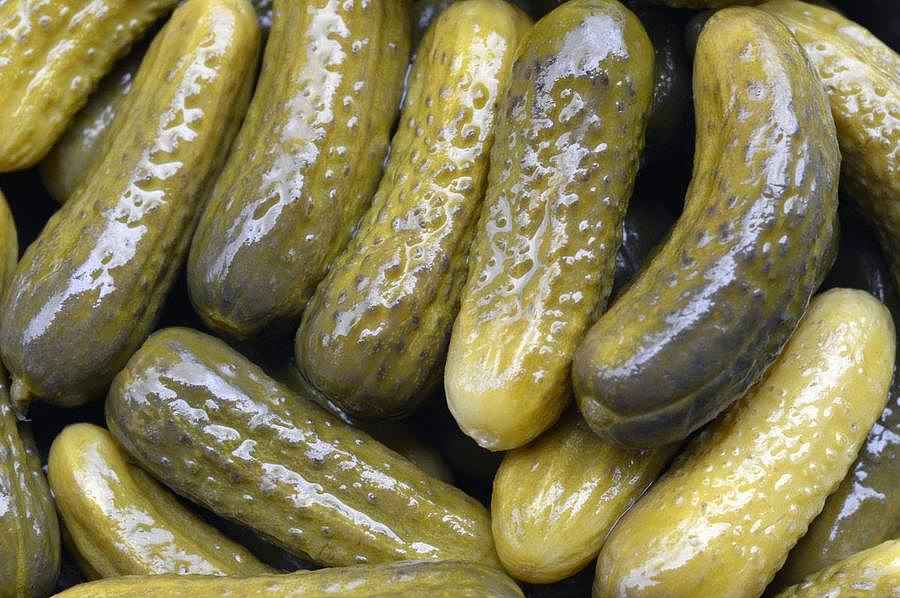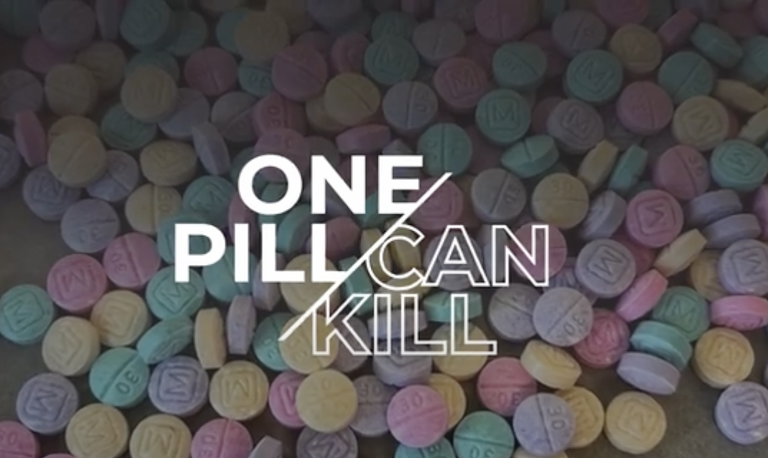






See listing of Recent and Most Popular articles on the Home Page
My World
Category: History / Topics: Crime, Justice, Punishment • Halloween • History • Holidays
A Truly Scarey Halloween
Dave Roos / History.com
Posted: October 28, 2022
The threat of rainbow Fentanyl today helps us recall the tragedy of the Tylenol poisonings, a still-unsolved case that took seven lives in Chicago in 1982 shortly before Halloween…
Editro's Note. The other day in our local paper there was a story of about "rainbow Fentanyl," colored versions of one of the most common drugs involved in overdoes deaths, believed to be prepared as Halloween treats to lead youngsters down the path of addiction. The threat may be real, but it has been laregly dismissed, yet it reads like a bipartisan conspiracy theory. Then, I ran into this article by Dave Roos on History.com about the Tylenol poisonings in 1982 that did bring death, nearly cancelled Halloween that year, and led to anti-tampering on products that is so common today. Following is an excerpt, with a link at the bottom of the page to the full article and more resources.
Wednesday, September 29, 1982 was a school day, but 12-year-old Mary Kellerman woke up with a runny nose and a headache. So her parents told her to stay home, take a couple of Tylenol and get some rest.
“I heard her go into the bathroom. I heard the door close. Then I heard something drop,” recalled Dennis Kellerman, Mary’s dad. “I went to the bathroom door. I called, ‘Mary, are you OK?’ There was no answer. I called again: ‘Mary, are you OK?’ There was still no answer. So I opened the bathroom door, and my little girl was on the floor unconscious. She was still in her pajamas.”
Mary was pronounced dead at the hospital from unknown causes. . . .
All told, seven people in the Chicago area died suddenly and mysteriously on September 29 and 30, 1982. One was a mother of four, including a week-old infant. Another, a healthy, 31-year-old, crumpled to the floor at work. The last victim, a flight attendant, was found dead in her apartment three days later, an open bottle of Tylenol still on the bathroom counter.
Shocking Deaths Make Headlines Ahead of Halloween
Investigators and toxicologists quickly identified the culprit: tampered capsules of Extra-Strength Tylenol. Someone had opened the capsules and replaced the pain-relieving medicine with deadly doses of potassium cyanide. One of the most common over-the-counter pain relievers had been turned into a murder weapon. . . .
For decades, Americans had been told scary tales of Halloween treats supposedly spiked with razor blades and rat poison, but the Tylenol murders ratcheted up the anxiety around treat-or-treating to new levels, prompting cities and towns across the country to cancel Halloween.
A Massive Recall and New Tamper-Proof Packaging
The official response to the Tylenol murders was swift.
The manufacturer of Tylenol, a subsidiary of Johnson & Johnson called McNeil Consumer Products, initiated the largest consumer product recall in American history, ordering pharmacies and grocery stores to pull 31 million bottles of Extra-Strength Tylenol from their shelves. Several more bottles in the Chicago area were found to contain cyanide, but thankfully no one else was hurt.
The federal government also swept into action. Congress passed the Federal Anti-Tampering Act, which promised up to 20 years in jail for anyone found tampering with medications, food or other consumer goods. And the Food and Drug Administration (FDA) passed new regulations requiring drugmakers to package medications like Tylenol in new, tamper-proof bottles. (“Child-resistant” caps had been around since 1970.)
“[The 1982 Tylenol poisonings] was one of those pivotal moments,” says Dr. Alan Woolf, a pediatrician at Boston Children’s Hospital and a professor of pediatrics at Harvard Medical School. “Forty years later, we take it for granted that bottles of over-the-counter medicine are shrink-wrapped in plastic and there’s a piece of foil that you need to peel back. Those tragic killings changed the pharmaceutical industry and changed federal labeling laws.”
Anxiety Shifts from Poisoned Medicine to Poisoned Candy
The public’s response to the Tylenol murders was “abject fear,” says Woolf, whose book, History of Modern Toxicology, includes a chapter on the 1982 poisonings.
And since the murders happened so close to Halloween, people immediately transferred their anxiety about tainted over-the-counter drugs to longstanding fears about tainted Halloween candy.
Joel Best is the leading expert on “Halloween sadism,” the alleged practice of giving contaminated treats to children on Halloween. A professor of sociology and criminal justice at the University of Delaware, Best has traced the emergence of this “contemporary legend” back to the beginning of organized trick-or-treating in the 1950s. . . .
When asked why someone would poison a child’s Halloween candy, a psychiatrist named Dr. Reginald Steen blamed “the permissiveness in today's society,” which resulted in “people getting away with more and more violence. The people who give harmful treats to children see criminals and students in campus riots getting away with things, so they think they can get away with it, too.”
Almost All Reports of Halloween Sadism Are Hoaxes
In 1985, Best published a research paper that investigated all known claims of Halloween sadism since 1958 and came to a surprising conclusion. In Best’s words, he was “unable to find a substantiated report of a child being killed or seriously injured by a contaminated treat picked up in the course of trick-or-treating.
Every report of a razor blade or pin or ant poison found in Halloween candy turned out to be a hoax perpetrated by kids or adults. And the few tragic cases where a child died on or around Halloween, and were widely attributed to tainted candy, were confirmed by medical records to be the result of heart defects, infections and other explainable illnesses.
The only confirmed report of a child being poisoned and killed by a piece of Halloween candy was the unfortunate case of Timothy O'Bryan, an 8-year-old from Texas who died after eating Halloween candy laced with cyanide. The murderer wasn’t a creepy neighbor, but sadly Timothy’s own father, who killed the boy in order to cash in on an insurance policy. The father was convicted and given the death penalty.
Back in 1982, Though, the Fear Felt Very Real
“When the Tylenol story broke at the beginning of October, people almost instantly started relating the poisonings to the dangers of kids going trick-or-treating and being given contaminated stuff,” says Best.
The Halloween fears were the strongest in Chicago, where the community was still reeling from the murders and no arrests had been made. , , ,
But also far from Chicago, communities like Vineland, New Jersey canceled trick-or-treating altogether, and other suburbs and small towns followed suit in Ohio, Pennsylvania and Massachusetts.
According to Best, who tracks reports of Halloween sadism going back to 1958, there were 12 reported cases of Halloween candy contamination in 1982, second only to 1971, when there were 14 such reports. As Best is quick to emphasize, though, a “report” of Halloween sadism is not the same as an actual occurrence.
Despite a 40-year ongoing investigation by the FBI and other law enforcement, the perpetrator of the Tylenol murders has never been found.
Read the full article by Dave Roos and find other resources on History.com
The image used for this article, which appeared on numerous sources, shows "rainbow Fentanyl," from a story by Emma Camp on reason.com, "Undeterred by Past Failures, the Press Goes All In on 'Rainbow Fentanyl' Panic.."
Posted: October 28, 2022 Accessed 396 times
![]() Go to the list of most recent My World Articles
Go to the list of most recent My World Articles
![]() Search My World (You can expand the search to the entire site)
Search My World (You can expand the search to the entire site)
![]() Go to the list of Most Recent and Most Popular Articles across the site (Home Page)
Go to the list of Most Recent and Most Popular Articles across the site (Home Page)
 Loading requested view...
Loading requested view...